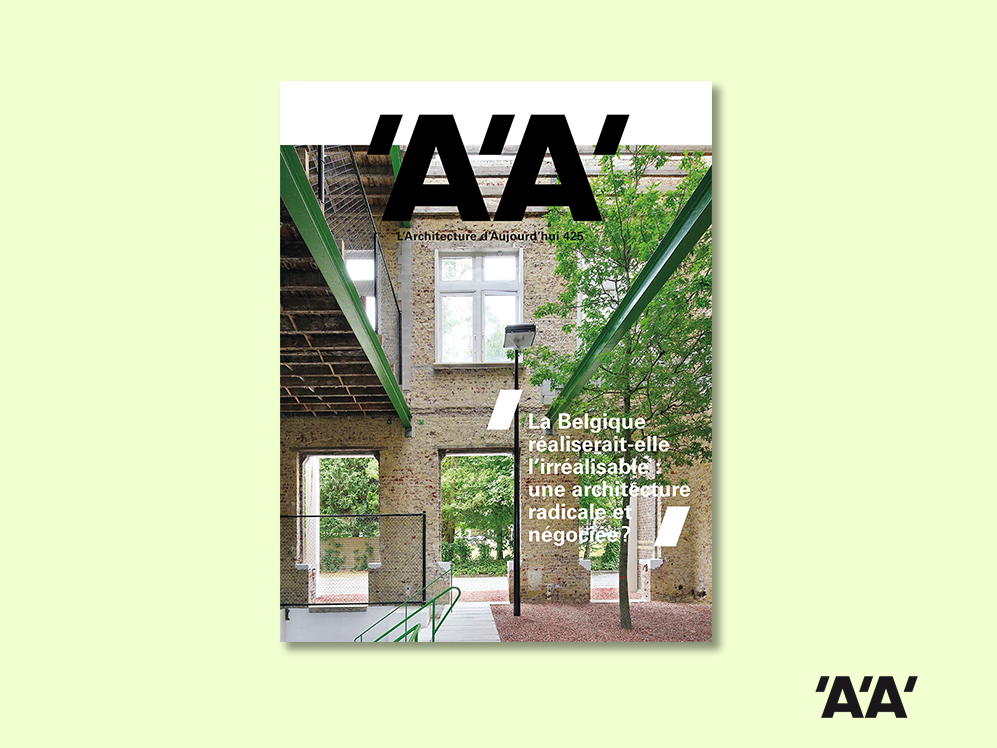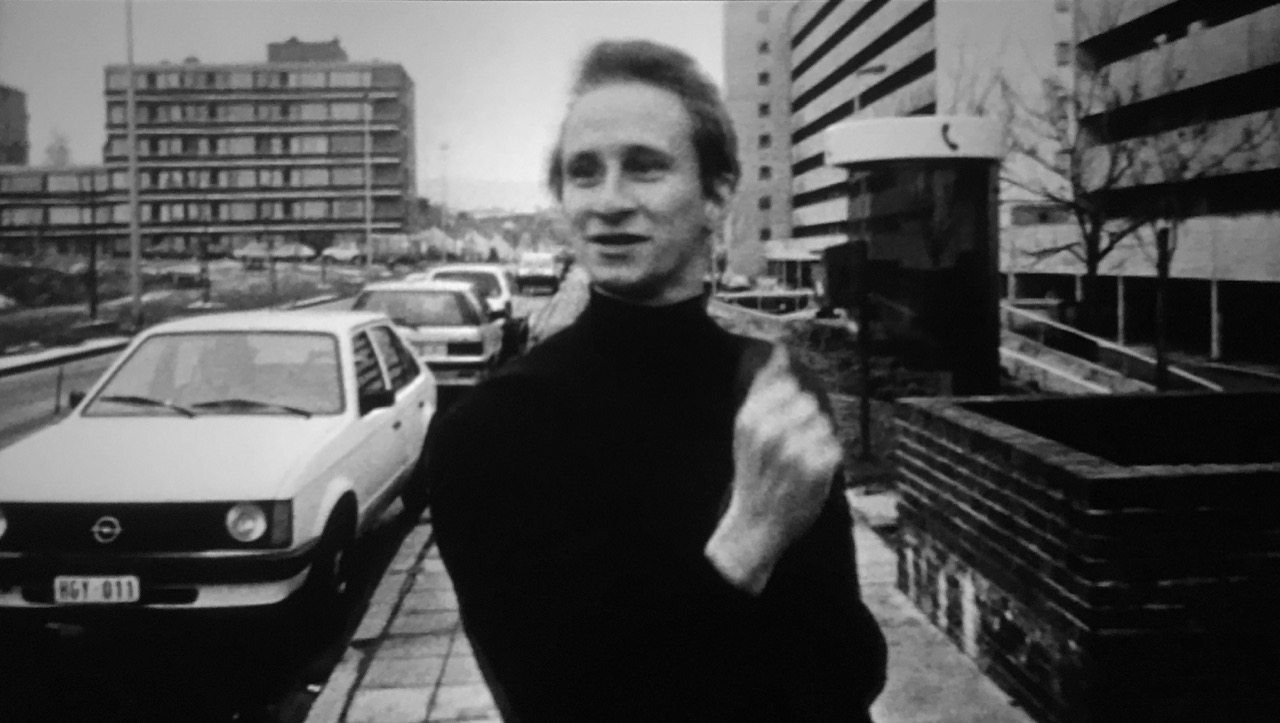Grid and collage, Belgian style
In architecture, the image is a subject that ranges from sketching to photography, from the plan, or perspective, to photorealist depiction. Today, Belgium has a new school of thought that dictates new codes for architectural representation: from grid to collage, to the right way of using a Bic pen. Is this a mere trend or an actual conceptual tool?
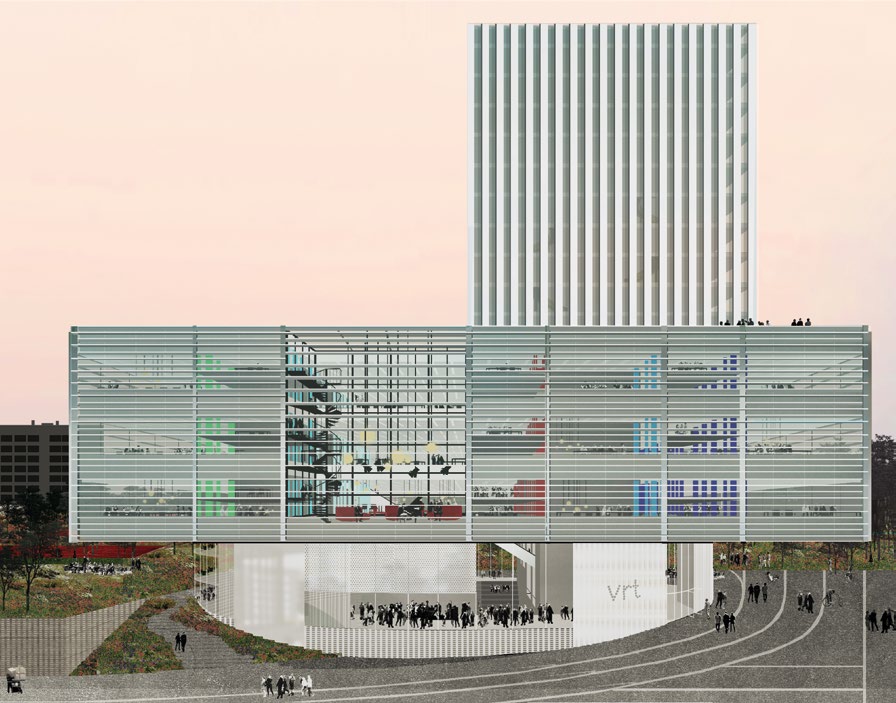
In 2014, Nick Sousanis caused a controversy. The American researcher presented his doctoral thesis at Columbia University in the form of a comic strip. With Unflattening, he demonstrated how the “9th art” allowed readers to “access other dimensions”, notably the “accumulation of experiences.” In 2018, architects Xavier Lelion and Anne‑Sophie Nottebaert decided to organise an original exhibition in Nantes, following the publication of an “inventory” of Brussels Walloon architecture, in which comic strip plates replaced the more traditional use of plans, cross-sections and photographs. This initiative derived from yet another editorial project: a book about the Keramis Centre at La Louvière.
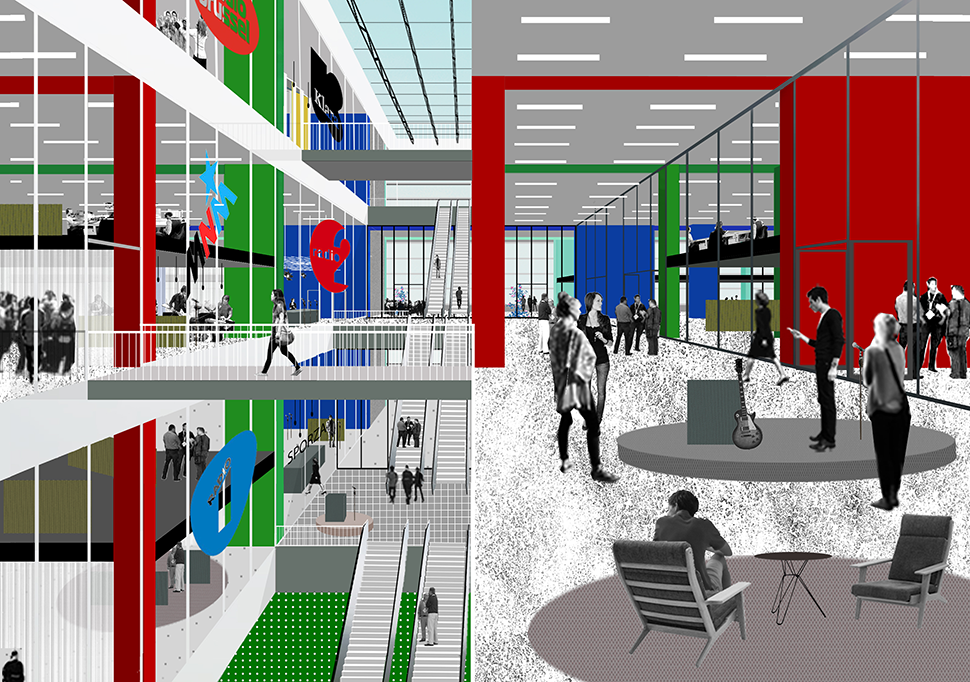
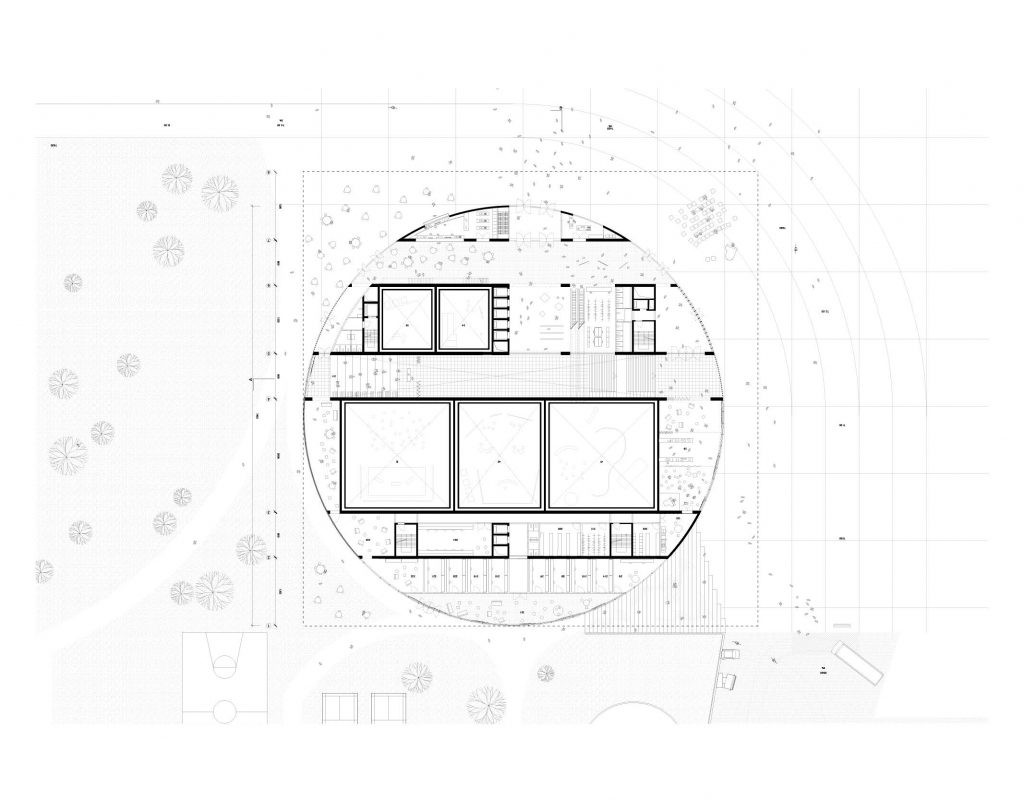
At the time, Anne- Sophie Nottebaert was an architect in the collective Codelenovi, created especially for the occasion. “We looked into our wish to create a comic strip. As a form of sequential art, the graphic novel format has a unique capacity to suggest spacetime ambulation, flash-backs, jump-cuts, change of scale, and mixing micro- and macro-levels,” she wrote, together with her collective associates, to graphic artist Jochen Gerner. “The project didn’t modify our modus operandi. However, in competitions we’re always searching for new ways of communicating the different phases of our thought process. A project doesn’t have to be a retranscription of the one and only idea,” she adds. This statement is anything but a new fad; on the contrary, it adequately describes the profession of architecture such as it is practised in Belgium today. “If I were to define architecture in Belgium, I would say it’s an architecture of negotiation. Architects cannot exonerate themselves from the contingency of project production. They maintain control over the whole of the building process, with the engineer a mere sub-contractor,” she explains. Indeed, over the whole course of the building process the project will be readjusted constantly down to minute detail. Communication is key at all levels, from the client to the artisans working towards the smooth realisation of the plans. “Therefore there isn’t just one drawing coming out of the competition, but numerous ‘re‑drawings’,” the architect concludes. With the creation of their practice OFFICE, Kersten Geers and David Van Severen have made a name for themselves but also a reputation in terms of graphic design.
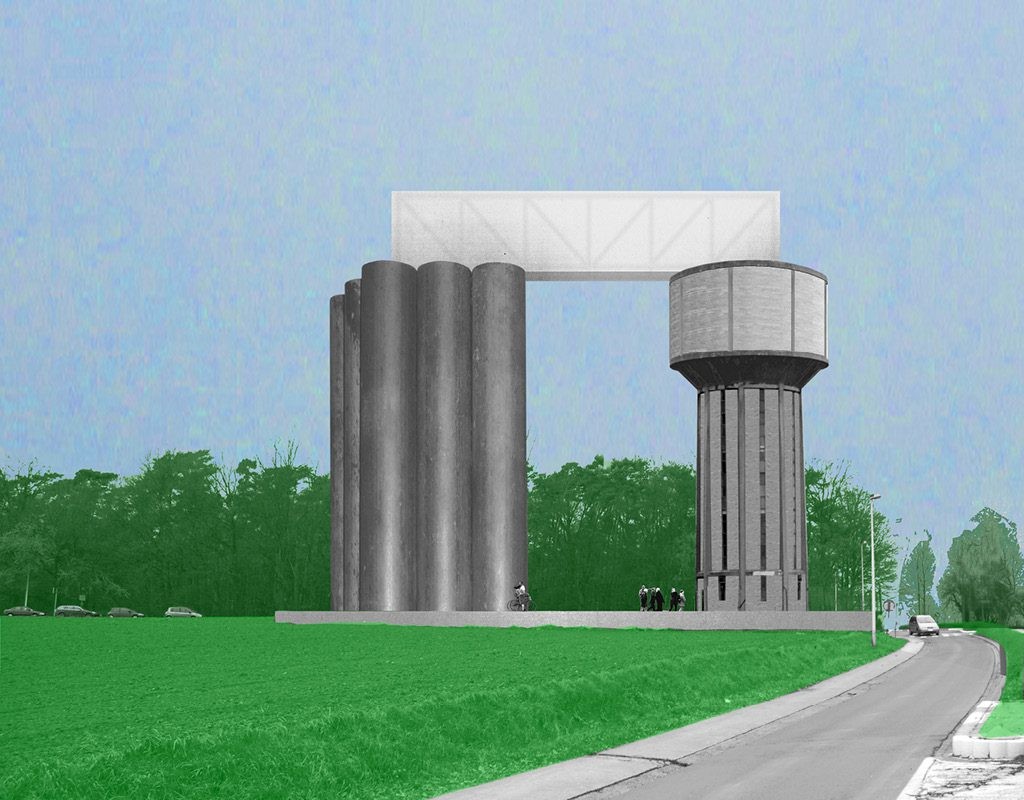
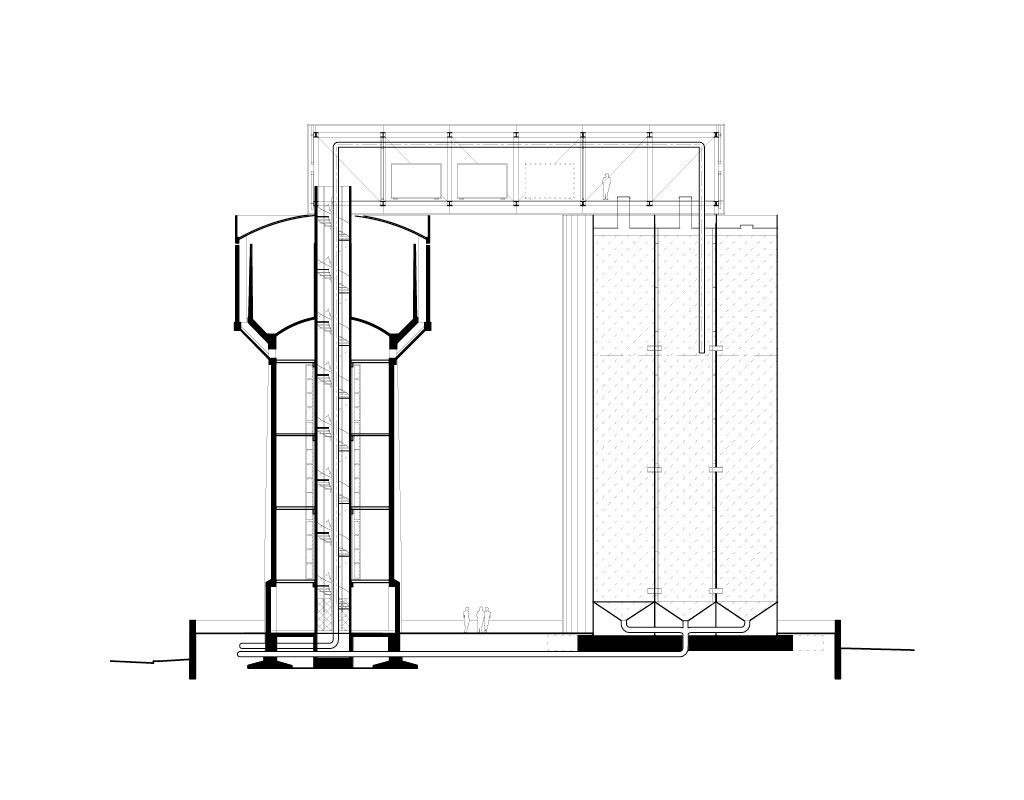
Find the full article from Jean-Philippe Hugron by clicking here

